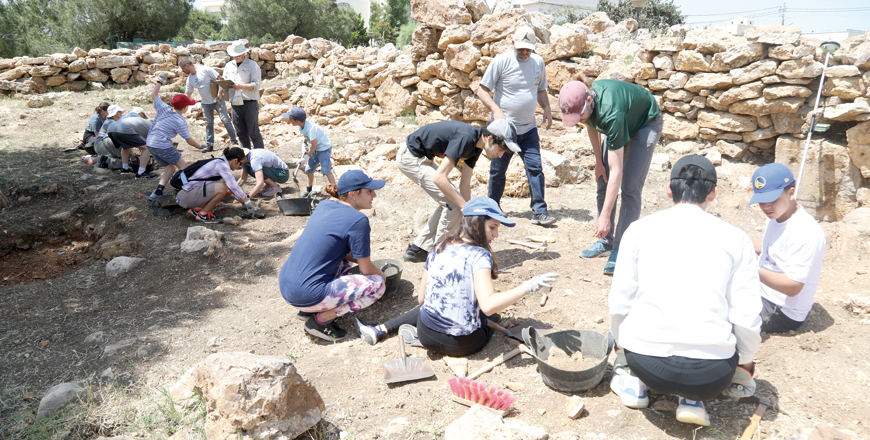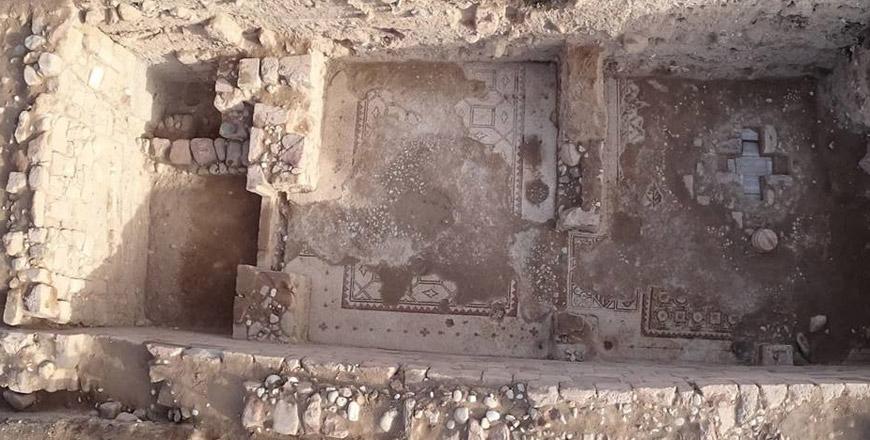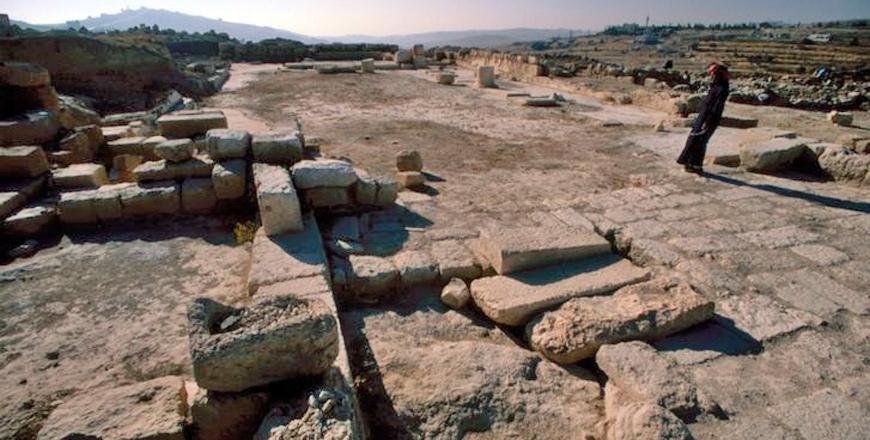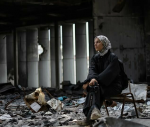You are here
Digging together: Delving into community archaeology approaches in Abdoun neighbourhood by ACOR team
By Saeb Rawashdeh - Feb 14,2024 - Last updated at Feb 14,2024
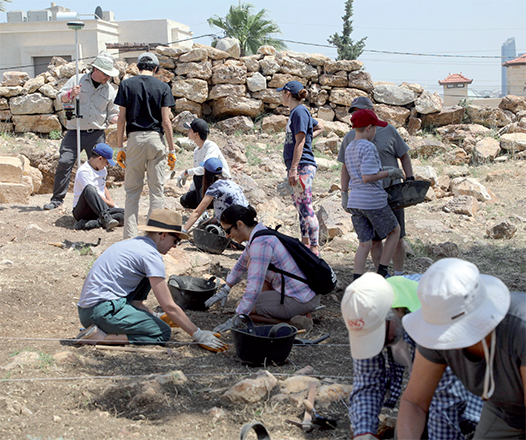
Students and volunteers from King’s Academy in Madaba getting their first taste of archaeology (Photo courtesy of ACOR)
AMMAN — The Abdoun neighbourhood is home of a few archaeological sites from the Iron Age; they are part of ancient sites located inside the capital and its outskirts. Scholars speculate that some of them were part of the same system of Ammonite sites and watchtowers.
The Abdoun Community Project, organised by the American Centre of Research, is an initiative that aims to excavate the area near the Japanese Park and inside the affluent south Abdoun.
“Community archaeology is an approach that actively involves the local community in the archaeological research process,” noted the co-director of the project, Matthew Vincent, at the lecture “Digging Together: Community and Discovery in the Abdoun Archaeology Project” held on Monday at the American Centre of Research.
Community archaeology is a joint effort by professional archaeologists and the members of the local community, Vincent continued, stressing that it makes archaeology accessible and relevant for the wider audience.
The elements of community archaeology are: Protection and stewardship, skills and training, ownership, awareness and education.
“We’re not looking for labour but for people who would be involved in every aspects of the archaeological process, “Vincent stressed, adding that local empowerment is an important segment of the community archaeology approach because empowering the local community by involving them directly into projects that deal with their heritage gives them stake in preservation and interpretation of their history.
Socioeconomic inclusion does not require significant financial investment, Vincent said, adding that benefits and outcomes of such an approach are that locals become active stewards of their heritage, protecting the site and transmitting the knowledge of the site to future generations.
“When people consider the site as theirs, they want to preserve it,” underlined Vincent, noting that hands-on archaeological activities provide unique learning opportunities, enhancing public understanding and appreciation of historical and cultural context.
Awareness also boosts the national pride and identity by discoveries and participation in different archaeological missions that link the past and present of a certain community.
Talking about Volunteer Participation Model, Vincent said: “Volunteers are involved with every aspect of the project: Survey, excavation, sampling, sifting and recording.”
Regarding Khirbet Abdoun South site, Nelson Glueck mentioned the site during his trips to the East Bank.
The site has remains of towers and it was occupied in the Iron Age, the Byzantine and Ottoman periods, Vincent stressed. The team found a Byzantine press, not being sure whether it was a wine or olive press, thus the future excavation will probably give an answer to that question.
Not far away, at the site called Khirbet Abdoun North, archaeologists also discovered presses, which made scholars speculate that the whole area might have been part of an ancient industry.
Regarding the upcoming work in 2024, Vincent hoped that the team will continue to investigate found presses, remove a sheep pen wall at Khirbet Abdoun South and study ashlar.
Related Articles
AMMAN — At the Abdoun Community Archaeological Project, located in Amman, a unique archaeological endeavour unravels, supported by the colla
AMMAN — Modern Ghor Safi, located at the southeastern end of the Dead Sea near the lowest point on earth, has been populated for over 12,000
AMMAN — A fish-shaped glass vessel from the Byzantine period was just one of many significant discoveries found at Khirbet Yajuz, some 11km


